
Previwas & Consulting
 language
language
Beijing Architectural Design and Research Institute Co., Ltd. _ Knowledge Management Case Study with Images
Release time:
2024-12-23 16:27
Author:
The MAKE (Most Admired Knowledge Enterprise) Award, known as the "Oscar" of knowledge management, has been introduced to China since 2011. Outstanding companies such as PICC, China Merchants Bank, Qingdao Beer, Huaxia Fund, Shanghai General Motors, New Oriental, and Jianfa Real Estate have received this honor. To share exemplary achievements and promote the development of knowledge management in China, we are launching a tour of case studies of MAKE award-winning companies.

Beijing Institute of Architectural Design Co., Ltd. (abbreviated as BIAD), which won the 2017 China MAKE Award, has developed into a leading institution in architectural design, engineering consulting, and related research fields over nearly seventy years. From the planning of Tiananmen Square to the ten major buildings for the 10th anniversary of the founding of the country, from the 11th Asian Games to the Beijing Olympics, BIAD's designs are found across the country and around the world, many of which have become national and urban landmarks, enjoying a high reputation in the architectural design industry.
As China's architectural market enters a new normal of rapid development, facing intense competition, BIAD believes it must reconstruct its advantages in terms of brand value, talent advantages, technical level, and customer resources. As a typical knowledge-intensive enterprise, the strong support of knowledge management is particularly crucial.
1. The design institute is an organization that thrives on knowledge.
BIAD believes that architectural design products are not like manufactured products that can be mass-produced. Each design product must comprehensively address specific issues related to the project's natural environment, cultural attributes, urban planning, functional use, architectural performance, and construction technology. Only by reasonably applying design language, methods, techniques, processes, materials, and components can the design of architectural products be completed. Each step in this process involves collecting, organizing, analyzing, and flexibly applying relevant knowledge.
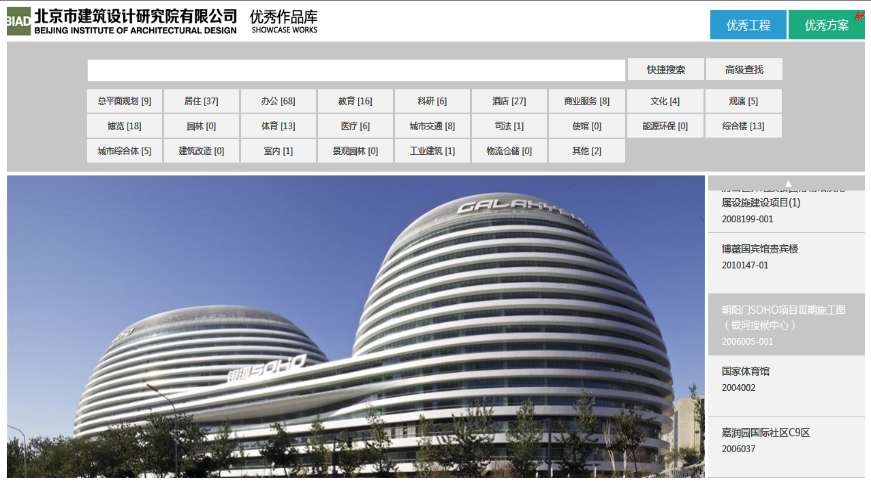
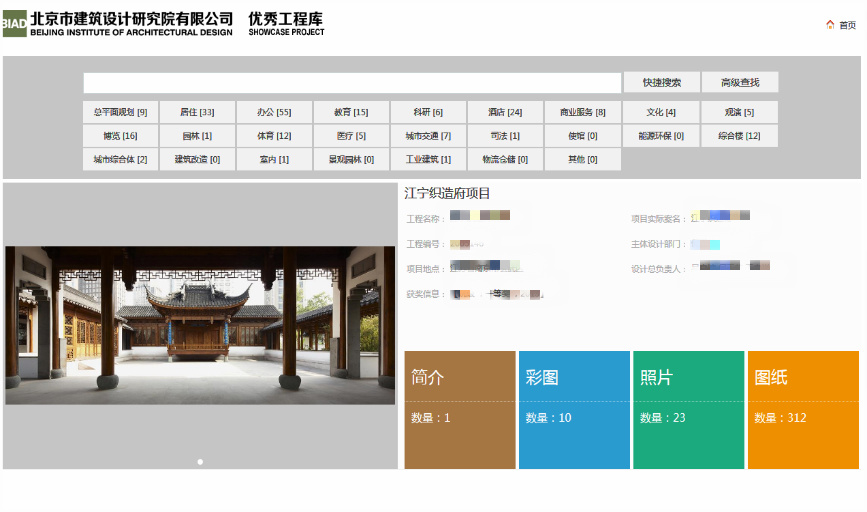
Looking at the growth path of designers—from master-apprentice relationships, to observing a complete set of construction drawings, to learning from problems discovered during review and approval in intermediate professional courses, to professional training lectures and project manager training courses—this is a series of processes for knowledge inheritance and application.
Architectural design companies create value through the continuous accumulation, processing, and reuse of knowledge; they are organizations that thrive on knowledge. As BIAD has grown from over 40 people at its inception to more than 3,000 today, countless expert experiences and project results (over 3 million design drawings and hundreds of research achievements) have formed a knowledge treasure trove that can be deeply explored.
2. A multi-role, integrated knowledge management system.
Since 2013, the concept of knowledge management has been officially introduced to BIAD, from research on the framework of the knowledge management system to hiring internal and external knowledge management experts to investigate business needs, to sorting out complex knowledge categories and attributes, and analyzing the knowledge structure that employees should establish in different business scenarios, ultimately clarifying the organization and system architecture of BIAD's knowledge management.
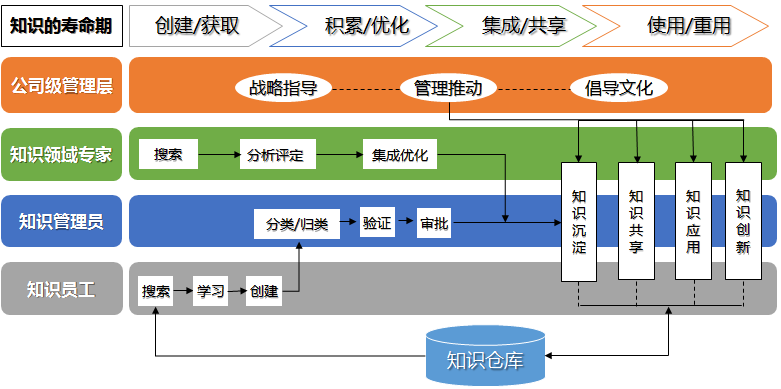
In 2015, the company's knowledge center was established, responsible for formulating, updating, and implementing the company's knowledge management plan. Guided by the results of research projects, the knowledge center focused on exploring and developing information platforms, using IT technology to strive to achieve the company's knowledge management and knowledge innovation goals. Through communication and discussions with management departments such as technical management, human resources, and business management, as well as multiple design departments, the knowledge center identified the main focus points and functional characteristics of the knowledge management platform.
Knowledge portal: An intranet portal dominated by knowledge.
Knowledge hub: A distribution center for all knowledge.
Encourage sharing: One-click sharing, fast and convenient.
Communication and interaction: Real-time interaction between departments and individuals.
Knowledge growth: Providing opportunities for knowledge to grow, mature, and improve.
Personal attention: Personalized customization, upload, collect, push.
User growth: Participate, gain, contribute.
3. A five-dimensional knowledge base supporting multi-scenario knowledge application.
BIAD, in collaboration with Lanling, has built a knowledge management platform that includes major functional modules such as knowledge warehouse, knowledge map, knowledge Q&A, expert network, and knowledge community, and integrates major business systems such as OA, project management, and research management, extracting records and results formed during business processes to create a knowledge warehouse for categorized display.
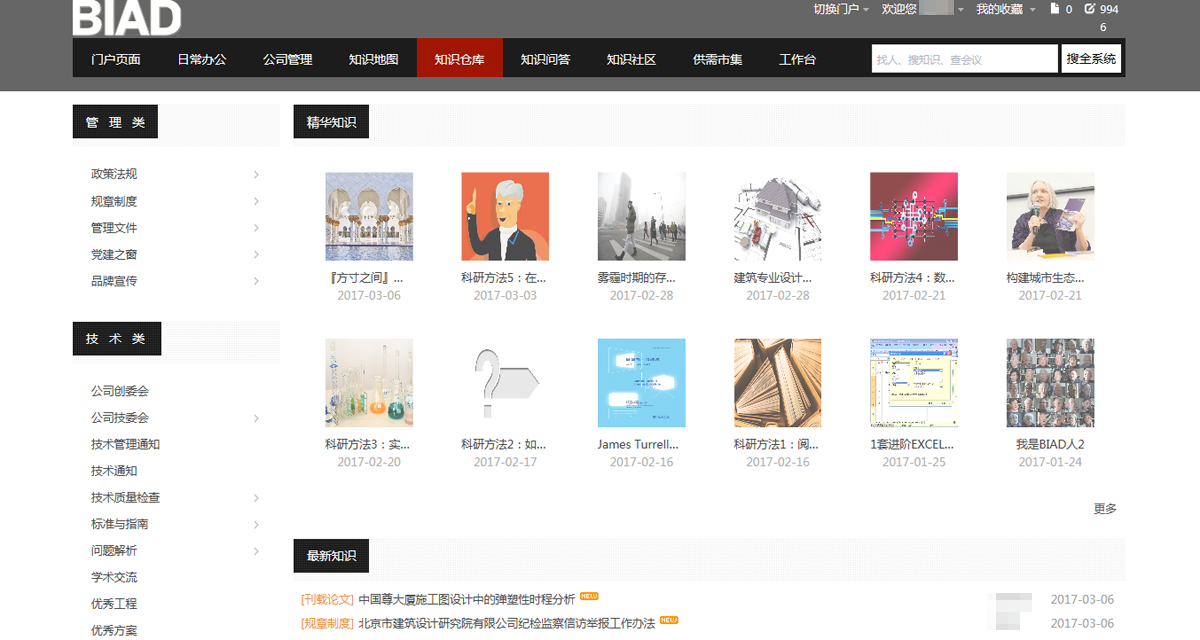
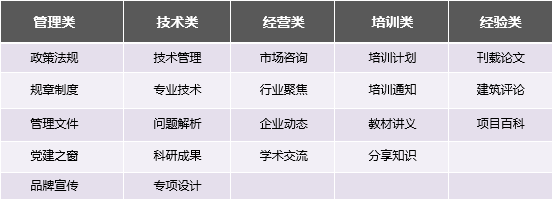
Integrating the evaluation process of the project management system with archival information to form an "excellent works library," showcasing the design achievements of excellent design schemes and engineering design projects as best practices for employees to learn from; in the knowledge warehouse's "training library," various internal training video materials are available for employees to watch and learn at any time; important courses are live-streamed for employees in different office locations to watch and learn simultaneously.
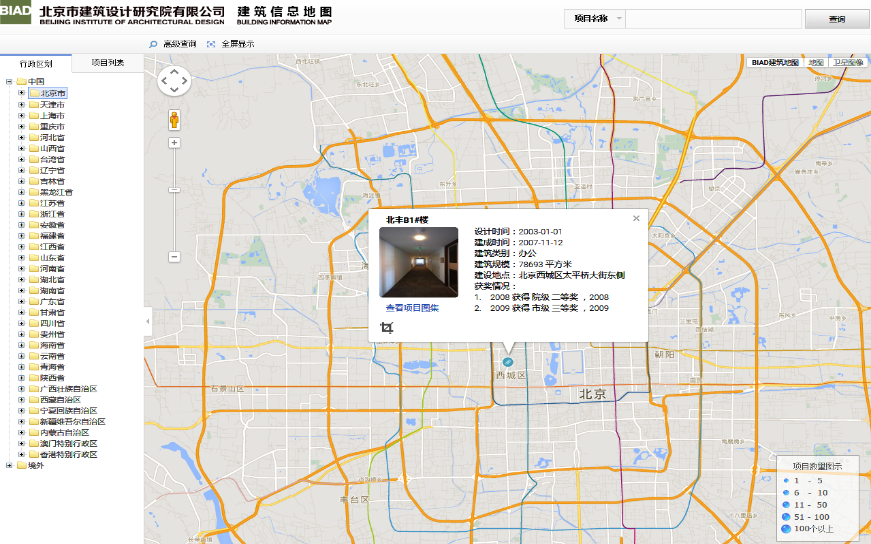
Summarizing common and typical problems from quality checks of design products into "problem analysis" not only describes the problems but also includes the causes of errors, relevant standards and technical measures, and key control points to avoid recurrence of errors, which can be used for professional training and work answers. By connecting data with the project management system and the archival management system, once a design project is completed and archived, a project entry can be automatically created in the "project encyclopedia," organizing project attribute information and key technical information according to the entry's paragraph format. Relevant users can maintain and update the entry, and all users can conduct precise queries and accurate positioning based on a multi-dimensional attribute information system. The "project map" uses location information collected during the project management process to display the company's project undertaking situation in various regions around the world, providing knowledge resource support for the company's and departments' marketing personnel.
4. Effectively utilizing the sharing mechanism, continuously emerging tacit knowledge.
To tap into the rich tacit knowledge of designers, the company's knowledge management platform adopts an open, interactive, and shared approach. Utilizing the quick sharing function, employees can upload and share their personal design insights, experiences, architectural reviews, etc.; in the knowledge encyclopedia module, employees can continuously improve project encyclopedia entries and create and refine architectural technology entries; in the knowledge Q&A and expert network modules, employees can ask or answer questions, consult experts, or discuss with them; in the knowledge community module, employees can form circles with relevant colleagues to discuss certain technical issues or design details.
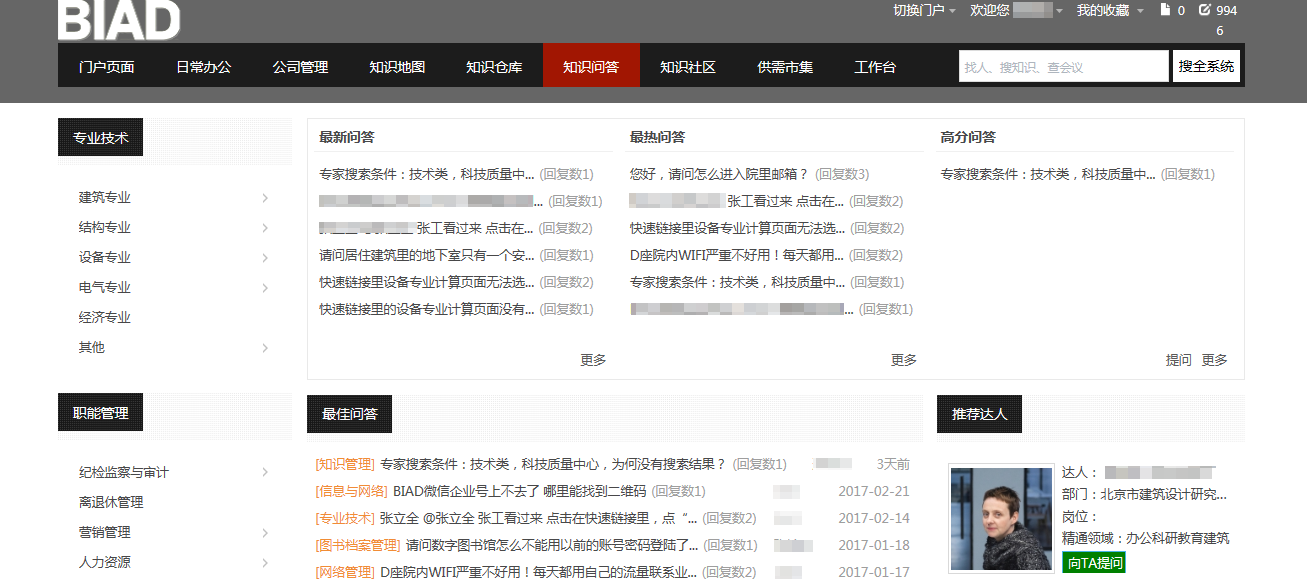
The company has established a knowledge sharing and transaction management system, showcasing employees' growth and achievements in knowledge management activities through modules such as my growth, my BIAD coins, and my medals, promoting knowledge sharing and facilitating the exchange and transaction of knowledge resources among each other, thus forming a good atmosphere for knowledge sharing.
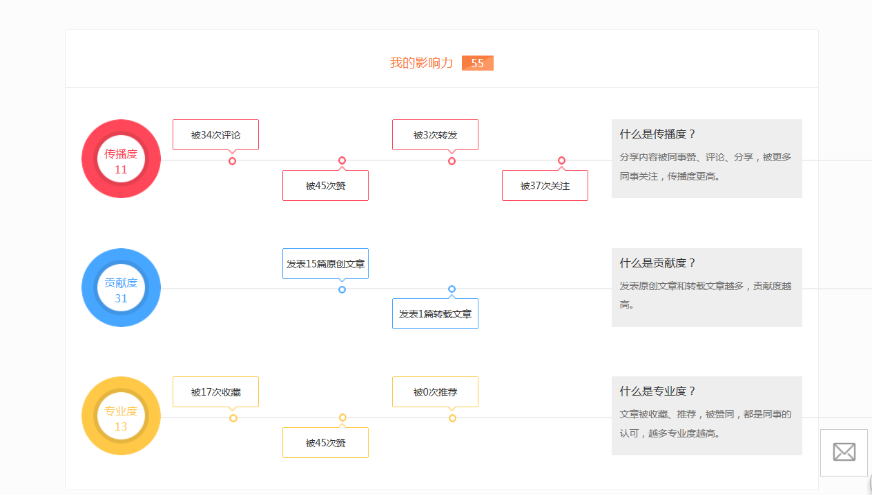
In addition, BIAD fully utilizes mobile devices and smartphone functions to push business approval, notification announcements, and information service updates to employees, enabling them to access knowledge and promote collaboration anytime and anywhere.

Previous Page
Previous Case Sets
Book Title: "Intelligent Knowledge: 2023 China MIKE Case Compilation"
Publishing Unit: China MIKE Organizing Committee Release Date: March 2024
Book Title: "Knowledge Resilience: 2022 China MIKE Case Compilation"
Publishing Unit: China MIKE Organizing Committee Release Date: October 2022
Book Title: "Knowledge Productivity: 2021 China MIKE Case Compilation"
Publishing Unit: China MIKE Organizing Committee Release Date: December 2021
Book Title: "China MIKE Award 10th Anniversary Special Edition"
Publishing Unit: China MIKE Organizing Committee Release Date: December 2020





